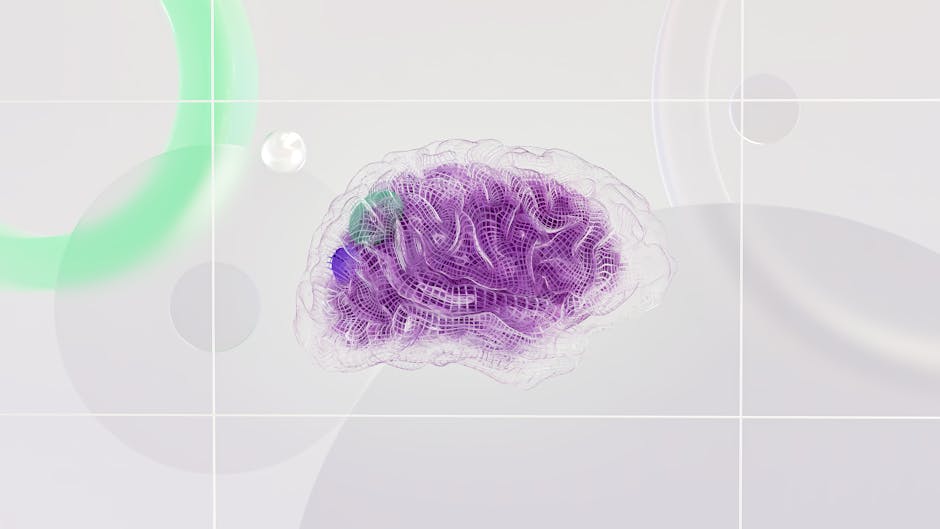
The Evolution of Polygraph Technology: Past, Present, and Future
Polygraph technology, commonly known as the lie detector, has been a subject of intrigue and controversy since its inception. From its early development to modern advancements, and looking ahead to future innovations, polygraph technology has continually evolved. This article will explore its fascinating journey, examining its historical roots, current applications, and future prospects.
The Birth of Polygraph Technology: A Historical Overview
The concept of detecting deception dates back to ancient times, with various cultures employing rudimentary methods to determine truthfulness. However, the formal development of polygraph technology began in the early 20th century.
Early Beginnings and Key Developments
In 1921, John Augustus Larson, a medical student, invented the first modern polygraph. His device recorded physiological responses such as blood pressure and respiratory rate, laying the groundwork for future advancements.
Another significant contribution came from Leonarde Keeler, who refined Larson’s invention by adding a galvanic skin response component. This enhancement increased the accuracy and reliability of the machine, making it a valuable tool for law enforcement agencies.
Statistics Highlighting Early Usage
By the 1930s, polygraph tests were being used in criminal investigations across the United States. According to historical data, over 2,000 polygraph examinations were conducted annually by the late 1930s, reflecting the growing reliance on this technology.
The Present State of Polygraph Technology
Today, polygraph technology is used in various fields, from criminal justice to employment screening. Despite ongoing debates about its accuracy, the polygraph remains a popular tool in many sectors.
Modern Polygraph Components and Functionality
Modern polygraphs measure several physiological indicators, including heart rate, blood pressure, respiration, and skin conductivity. These data points are analyzed to detect physiological changes that may indicate deception.
Applications Across Different Sectors
In the criminal justice system, polygraphs are often used during investigations and pre-employment screenings for law enforcement personnel. Private organizations also use polygraphs for employee screening and internal investigations.
According to a 2021 survey, approximately 75% of polygraph tests in the United States are conducted for pre-employment screening, particularly in federal and state agencies.
Challenges and Controversies
Despite its widespread use, polygraph technology faces criticism and legal challenges. Critics argue that physiological responses measured by polygraphs are not always reliable indicators of deception.
Legal and Ethical Concerns
In some countries, the use of polygraph tests is restricted or banned due to ethical concerns. For instance, the Employee Polygraph Protection Act of 1988 limits the use of polygraphs in employment within the United States.
Moreover, the admissibility of polygraph results in courtrooms varies globally, with many jurisdictions questioning their reliability as evidence.
The Future of Polygraph Technology: What Lies Ahead?
As technology advances, the future of polygraph testing holds promising innovations that could address current limitations and enhance its accuracy and applicability.
Integration with Artificial Intelligence
Researchers are exploring the integration of artificial intelligence (AI) with polygraph technology to improve analysis and interpretation of data. AI algorithms can potentially identify patterns in physiological responses that human analysts might miss, leading to more accurate results.
Non-Invasive Techniques and Remote Testing
Future developments may include non-invasive polygraph techniques that eliminate the need for physical sensors. Remote testing capabilities could also emerge, allowing polygraph examinations to be conducted virtually, broadening their accessibility.
Potential for Enhanced Accuracy and Reliability
With advancements in sensor technology and data analysis, the accuracy of polygraph tests is expected to improve. This could lead to wider acceptance and integration of polygraph results in legal and professional settings.
Actionable Tips for Staying Informed
To stay informed about the latest advancements and discussions surrounding polygraph technology, consider the following tips:
- Subscribe to Industry Publications: Follow journals and magazines focused on forensic science and technology to receive updates on new research and developments.
- Attend Conferences and Seminars: Participate in events where experts discuss the latest trends and innovations in polygraph technology.
- Join Online Communities: Engage with online forums and groups dedicated to polygraph technology to exchange ideas and insights with professionals and enthusiasts.
Conclusion: The Ongoing Journey of Polygraph Technology
The evolution of polygraph technology is a testament to the enduring quest for truth and justice. From its humble beginnings to its present applications and future potential, the polygraph remains a significant tool in various fields. While challenges and controversies persist, ongoing advancements promise to refine and enhance its capabilities, ensuring its relevance for years to come.
As we continue to explore the possibilities of polygraph technology, it is essential to balance innovation with ethical considerations, ensuring that its use upholds the principles of fairness and integrity.
